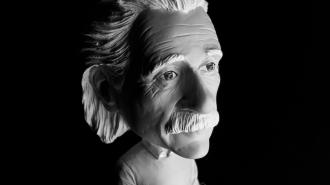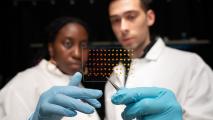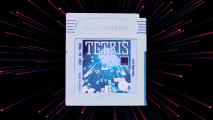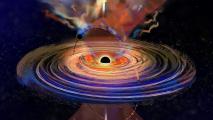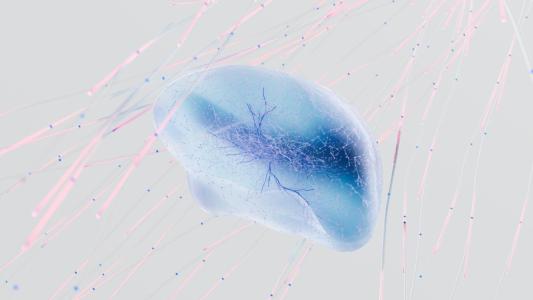Quantum mechanics is notoriously weird. Even though it ranks as the most accurate and powerful scientific theory ever developed, it is a platform that has launched a thousand puzzles, paradoxes, and conundrums.
Quantum physics seems to tell us that events can occur without a cause, that objects can be in two places at the same time, that observing the Universe may irrevocably disturb it, and that systems with elements located across the galaxy can act as an instantaneous whole. Given all these affronts to both common sense and classical physics, you would be forgiven if you figured there must be something wrong with quantum physics. Albert Einstein certainly did. The story of his intuition about the deficits of quantum theory is worth recounting if we want to understand where that theory stands now.
Einstein vs. quantum mechanics
Einstein actually helped create quantum theory with his description of the photoelectric effect, in which particles of light can drive electric currents. (Thanks to the work of James Clerk Maxwell, light was considered at the time as exclusively a wave phenomenon.) By the late 1920s, however, he had grown disillusioned with the way the theory was developing via physicists like Niels Bohr and Werner Heisenberg. There was too much indeterminacy in quantum physics, and Einstein famously believed that “God does not play dice with the Universe.”
There must be something missing from the theory, Einstein reasoned. Beneath the mathematical structure, there must exist some set of hidden variables. If those variables were known, they would restore the common sense intuitions that made the classical physics of Newton so lucid. These intuitions tell us that objects have explicit properties whether or not they have been observed — something quantum theory places in doubt.
To demonstrate why such hidden variables should exist, Einstein wrote a paper in 1935 with Boris Podolsky and Nathan Rosen that presented a thought experiment playing off the structure of quantum mechanics.
In standard quantum theory, before a measurement is made on a particle, it exists in what is called a superposition of states. This means the particle does not yet have a definite value for the property that is to be measured. Superposition is the source of the famous Schrödinger’s cat paradox, in which a cat in a box is both dead and alive until someone opens the box to look at it. Einstein, Podolsky, and Rosen (nicknamed EPR) intended to probe the consequences of superposition and measurement.
Their argument worked sort of like this: Take two quantum particles. Let them interact such that their properties become linked. Then separate them by some distance. By measuring a property of the first particle, the initial linkage implies that the corresponding state of the second is instantly fixed. Since light has not yet traveled between the particles, it must mean that the second particle already has the property that a measurement would have found. The second particle’s property, fixed by the measurement of a first particle far away, counted as “an element of reality” for EPR. This meant, for them, that there was something missing from quantum mechanics, with all its talk of superpositions, measurements, and collapsing wave functions.
Quantum weirdness prevails
While EPR felt they had presented a serious objection to quantum weirdness, history gave an answer that was stranger still. Rather than signal a problem with quantum physics, the EPR paradox ended up opening the door to an entirely new kind of quantum weirdness. The next chapter came in 1964, when Irish physicist John Bell re-examined the EPR paradox and derived a brilliant set of relationships that would allow experiments to distinguish between classical reality and quantum reality. Bell’s Theorem was way ahead of the experimental technology of his time, but by the early 1980s, it became possible to directly test what Bell laid out in his paper.
In a famous set of experiments, Alain Aspect confirmed that widely separated quantum particles, after initially being allowed to interact, behaved in ways that violated the logic of classical physics. Quantum weirdness had won. There could not be hidden variables in the local sense, consistent with special relativity. Last year, the Nobel Prize in physics was awarded to Aspect and two other physicists for their experimental work on Bell’s Theorem.
What is amazing about this story is that the greatest physicist of the 20th century tried to show that quantum mechanics was wrong, or at least incomplete, and he ended up doing the exact opposite. The EPR paper eventually let physicists see what is now called entanglement, where widely separated systems can act as a weird kind of single quantum entity. Most importantly, entanglement represents the cutting edge of modern quantum physics, with powerful applications, inluding the development of quantum computers.
So, is quantum mechanics weird? Yes. Is it wrong? No. At least not in any way we can yet discern.
This excerpt was reprinted with permission of Big Think, where it was originally published.
